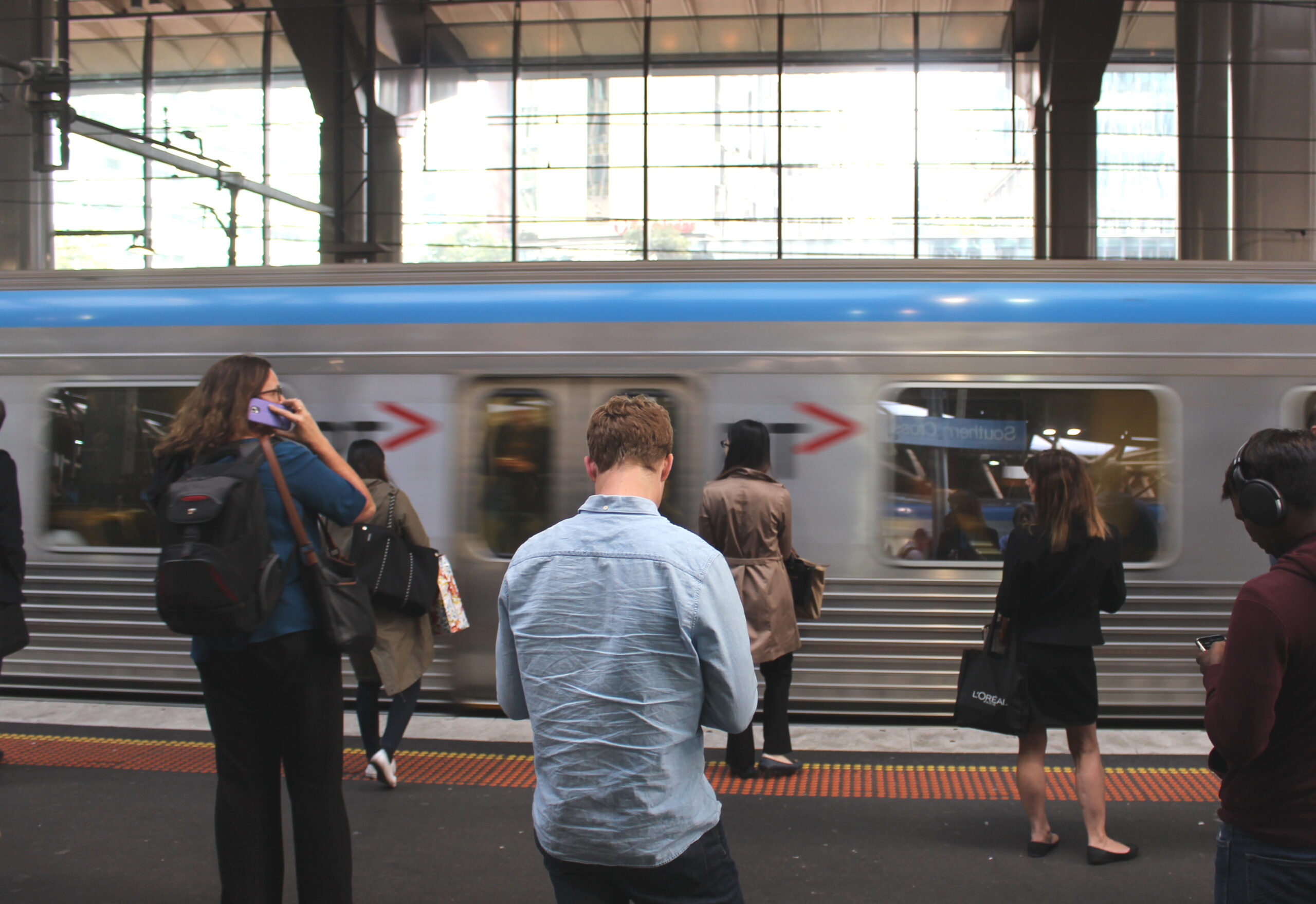Category: Newsletters
-
Legislation for public transport authority introduced
From the September PTUA Newsletter Legislation establishing the Public Transport Development Authority was introduced to State Parliament on 14 September, and is expected to be debated this week. On this vitally important policy initiative the government is proceeding broadly in the right direction. The structure and powers of the PTDA in this legislation largely mirror…
-
Shaping a new Public Transport Authority
The most significant policy commitment of the incoming Baillieu Government is the creation of a Public Transport Development Authority for Victoria. Getting this one right will make all the difference between Victoria having some of the best public transport in the world, and a continuation of the current mediocre, politically poisonous setup. The good news…
-
Peninsula Link entrenches car dependence
From PTUA’s December 2009 newsletter. Despite having no Federal funds for its `Peninsula Link’, the State Government has announced its intention to proceed regardless, driving a motorway through precious native wildlife habitat and historic homesteads, in order to further entrench car dependence in south-east Melbourne and for visitors to the Peninsula.
-
Myki coming to Melbourne soon
UPDATE: As of 2012, some of the information below is outdated. This page of Myki Questions and Answers has been updated, and is a good starting point to finding out how Myki will work This article is from our September 2009 member newsletter. Join the PTUA to receive regular newsletters. The Myki juggernaut rolls on,…
-
Action stations! Interactive map
It’s not too long ago that the only visible infrastructure project underway on Melbourne’s rail system was the Craigieburn electrification. This is no longer the case. Say what you like about the government, but it is undeniable that a number projects have now been funded, right across the rail network. But are they the right…
-
July newsletter
Please join the PTUA to receive regular newsletters. July 2009 edition articles: Connex and Yarra Trams cancelled — but will it make a difference? Coming events Train Services Inquiry heats up CBD tram changes expose fleet shortage Every ten minutes to… Werribee Action stations! The truth behind South Morang revealed — expanded version of this…
-
The truth behind South Morang
Originally posted at Transport Textbook.com and (in abridged form) in the PTUA Newsletter. Ever since the Victorian Transport Plan last December flagged that the South Morang rail extension would finally be built, there has been speculation as to why the cost was so high. At $650 million for a 3.5 kilometre extension, many pondered if…
-
May 2009 newsletter
Please join the PTUA to receive regular newsletters. May 2009 edition articles: Funded: South Morang rail, Sunbury electrification, Tarneit/Regional link – but at what cost? Member meeting: Monday 15th June (please note date in paper newsletter is wrong) Watching over the fleet Parliamentary Select Committee on Train Services Senate inquiry probes Federal funding South Morang…
-
December 2008 newsletter
Please join the PTUA to receive regular newsletters. December 2008 edition articles: Brumby’s grand plan PTUA Annual General Meeting report Metcard changes rolled back Fare rises — Melbourne’s fares still the most expensive Frank Crean 1916-2008 How much can a rail line cost?
-
September 2008 newsletter
Please join the PTUA to receive regular newsletters. September 2008 edition articles: Periodicals undermined by Myki PTUA Annual General Meeting: Thursday October 30th Make these local elections count RIP Ken McIntyre
-
July 2008 newsletter
Please join the PTUA to receive regular newsletters. July 2008 edition articles: PTUA calls for services ‘Every 10 minutes to everywhere’ PTUA members provide customer service suggestions Response to Eddington: Please try again, sir Victorian Budget – Backtracking again Eastlink’s open – now the road lobby wants the “missing link”
-
Eddington: Tunnel vision
This article is from our April 2008 newsletter. Please join the PTUA to receive regular newsletters. Rod Eddington’s East West Needs Assessment report was finally released at the beginning of April. The assessment was a key part of the government’s Meeting Our Transport Challenges strategy, and like MOTC itself the Eddington report deserves a hearty…

